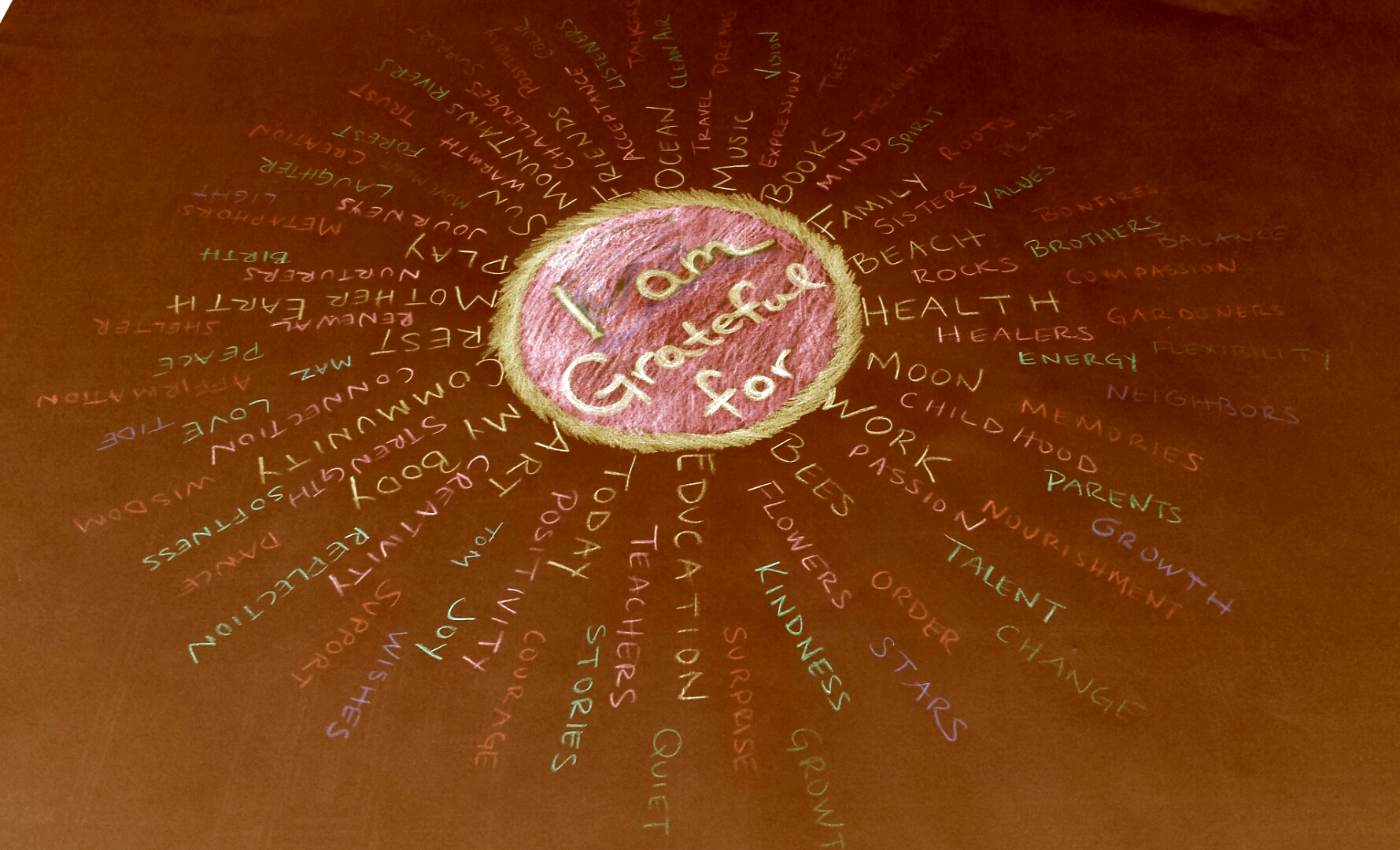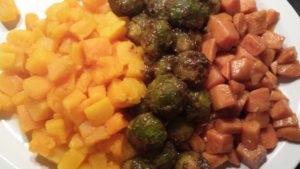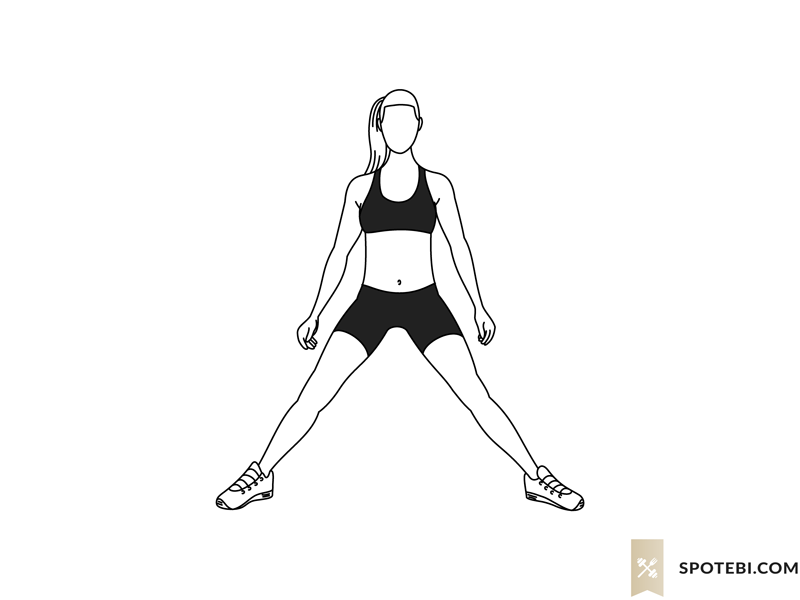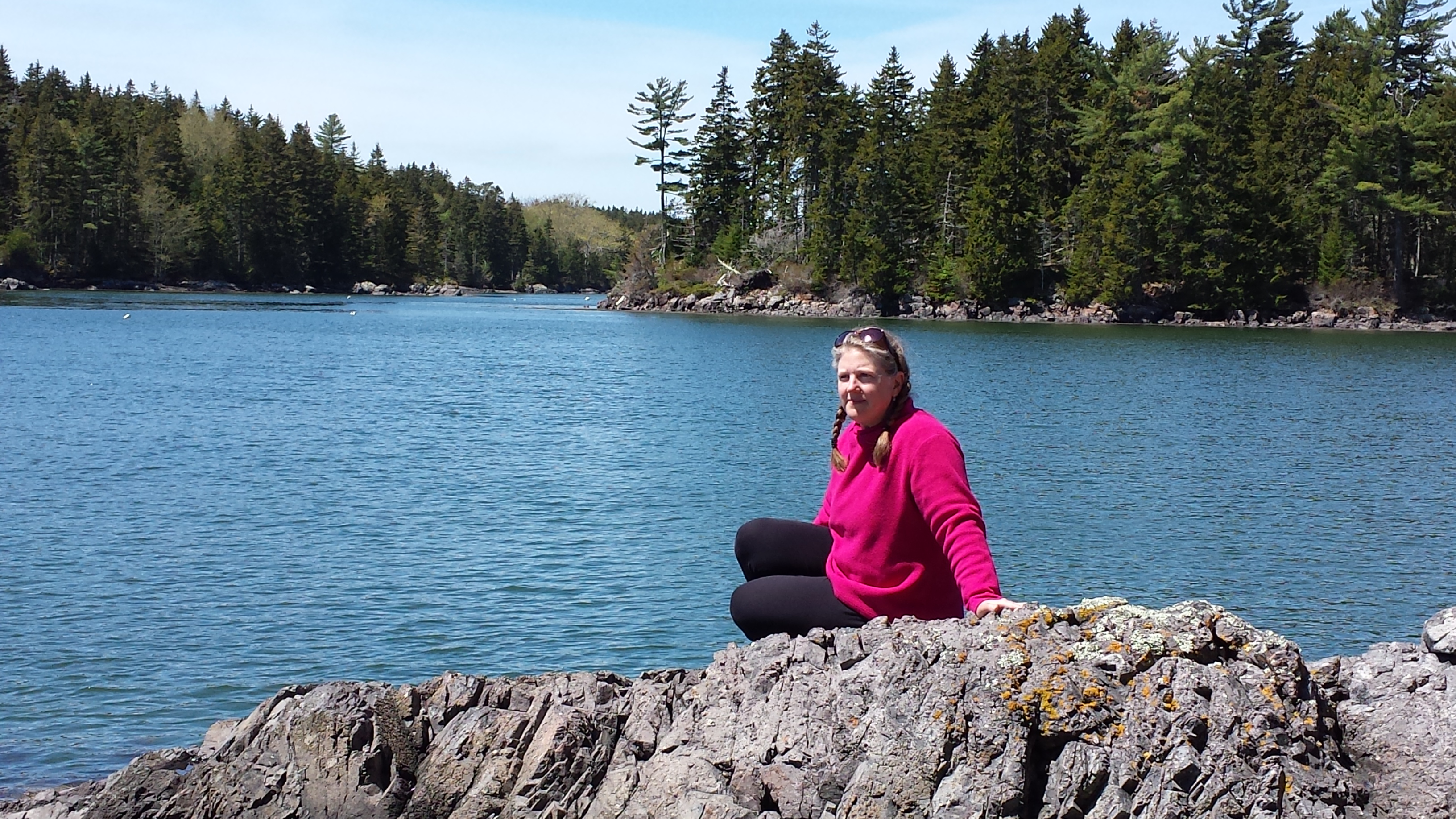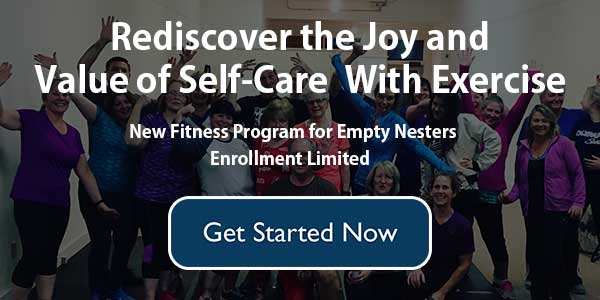I am missing one of my favorite socks and now I’m late for work. It’s walking Wednesday which means I pack my tennis shoes and extra socks for my lunch break walk. For some reason my sock drawer is empty, and I can only find one sock in the dryer. And so it begins- I spend way too long looking for a match, and I still need to pack a bag for the gym; and I need to get dressed for work; and where is the lid to my glass lunch container? and what did I do with my keys? which purse was I using last week? and where’s my water bottle? We’ve all been there, right? Then we’re hitting every red light on the way to work, coupled with the plague of summer traffic, which is four cars at every stop sign and people driving 20 in a 50 taking pictures of the cormorants on the float. I’m breezing into the office at 8:59 heart pounding, with only a, “Sorry I wasn’t here sooner, but I couldn’t find my sock.” This is what stress looks like.
This is as bad as it gets for me- mini earthquakes over socks and stoplights sneakily eroding my sanity until about 20 minutes into the frenzy and I say, “Ah ha! I’m onto you, Stress. I’m listening.” I am grateful for stress. It sends a loud and clear message that I am off track and need to realign myself. It is time to strategize and turn this around. Thank goodness for stress to send up the s.o.s. smoke signals before I spiral off the edge in my unmatched socks.
The missing sock is a symptom of a bigger issue-a busy schedule. I’ve been traveling, visiting three states and another country in the last 2 weeks. The laundry from the suitcase is washed and dried but not folded and put away. It’s summer. The days are jam-packed full of fun. It’s not supposed to be stressful. But, well, it is when the little routines get off track and you can’t find your favorite sock.
We tend to have strategies for handling big stress; family emergencies, work issues, or health scares, but the little stuff can be just as dangerous when left unattended. The more we experience stress the more susceptible we are to illness, fatigue, weight gain, troubled sleep, and fuzzy brain. So as soon as I see the s.o.s. smoke signal I do the following:
1. Breathe. I take a deep breath and get centered. (Try this now. Doesn’t that feel good?)
2. Identify. I look at my circumstances and surroundings and identify the stressors.
3. Assess. I decide if I can change the circumstances or if I can work on my reaction to them.
4. Gauge. On a scale of 1-10 how big are the stressors? Most often I find they are 5 or below. That’s not too bad in the scheme of things. This perspective alone helps mitigate the stress.
5. Affirm. I assure myself I can handle this. A quick affirmation keeps me calm and confident instead of self-critical and overwhelmed.
6. Write it down. I make list of what I need to address. I prioritize these in order of most pressing or easiest to handle, and then feel good about meeting them head on.
7. Relax. I keep doing the things I love and find relaxing: walk, read, garden, stretch, exercise, cook, visit with friends. These moments fuel me and are important to maintain. I try to not make a habit of giving up what feels good because I feel bad.
8. Plan. Time management allows for the unexpected while handling what’s already on my plate. A well planned day is like a well loaded dishwasher: you can fit more in, even the oddly shaped things, if you start with some order.
9. Put away the laundry. As tempting as it is to skip the mundane tasks to go do exciting things, the mini earthquake of a missing sock isn’t worth it. Honestly, at first I just bought more socks. Then I set aside a reserve stash of walking socks. These short term solutions just prolonged the inevitable.
Whatever it is that starts a stress spiral for you, try to meet that head on as soon as you see the s.o.s. You’ll start to see the small signs if you look for them and listen, and you’ll be grateful for this too. Stress has a way of showing up just when we need it to help us realign, reprioritize, and regroup to relax.
